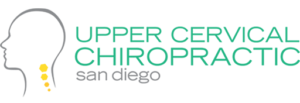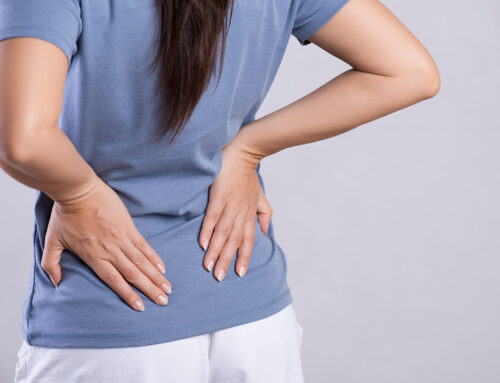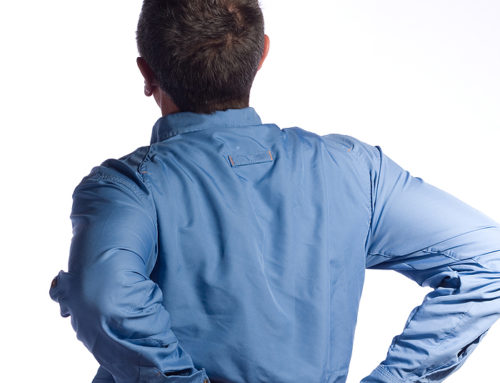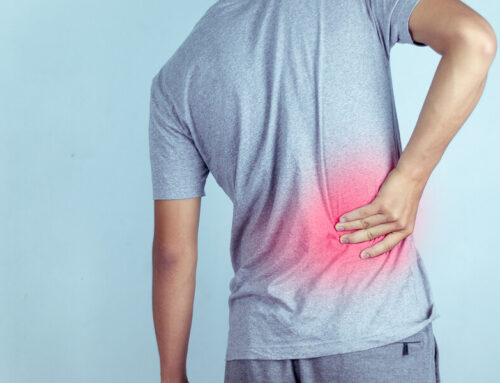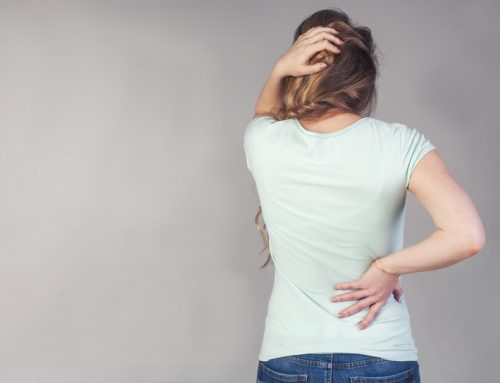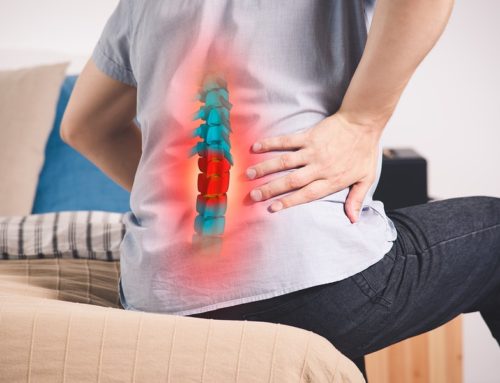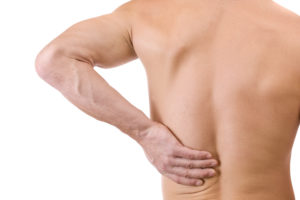 Back pain is a universal condition – it affects teens and seniors, male and female, elite athletes and weekend warriors alike. It can disturb your daily activities, affect your ability to work, play, and enjoy the quality of life you’re accustomed to. To get through an episode of back pain, it’s important to identify what’s causing the problem in order to feel better as soon as possible. To that end, we’ll discuss ten things you can do on your own to either prevent back pain or start to care for pain and discomfort if they’re already present.
Back pain is a universal condition – it affects teens and seniors, male and female, elite athletes and weekend warriors alike. It can disturb your daily activities, affect your ability to work, play, and enjoy the quality of life you’re accustomed to. To get through an episode of back pain, it’s important to identify what’s causing the problem in order to feel better as soon as possible. To that end, we’ll discuss ten things you can do on your own to either prevent back pain or start to care for pain and discomfort if they’re already present.
Table of Contents
Ten Self-Care Tips for Back Pain Sufferers
- It’s ok to rest, but not too much – It used to be that bed rest was recommended as the go-to relief for an aching back. However, it is now known that resting for more than a day or two can actually make your pain worse and lead to further complications. When your back is troubling you, it’s important to get up and get moving, slowly at first. Good movement options to ease into when you have back pain are walking, swimming, yoga, or tai chi – anything that encourages slow, steady movement.
- Be mindful of your weight – Carrying around extra pounds, particularly around your midsection, can shift your center of gravity and potentially cause more strain on your lower back, worsening pain and discomfort.
- If you smoke, quit ASAP – Smoking is associated with many well-known health risks such as lung disease, heart disease, and stroke. But, did you know that smoking can also put you at an increased risk of having back pain? Smoking damages the blood vessels that provide nutrients to the discs, joints, and other tissues of the spine. This makes smokers more vulnerable to developing back pain.
- Pay attention to your sleep position – If your back pain and discomfort peaks in the morning when you get out of bed, it could be that your sleep position is part of the problem. Sleeping on your stomach can be especially difficult on your back and neck – it forces your lower back into extension and your neck is turned maximally to the side through the night. Try sleeping on your side and placing a pillow between your knees to keep the stress off your hips. If you’re a back sleeper, you can also try to sleep with a pillow underneath your knees to ease lower back strain.
- Don’t sit on your wallet – Even though this may seem obvious, sitting on a wallet that’s in your back pocket can cause a host of spinal issues and back pain. The excess height underneath one side of the pelvis causes the lower back and rest of the spine to compensate, creating unequal muscle tension. If you’re going to be sitting for an extended period of time, such as while driving or at work, be sure to remove your wallet from your back pocket.
- Lighten the load in your purse/bag/briefcase – Back pain can arise from either carrying a bag that is overall too heavy or from carrying a bag asymmetrically. Most people who carry a purse, messenger-style bag, or briefcase rarely alternate which shoulder the majority of the weight falls on. It is easy to see how this can lead to back pain and discomfort over time as the body needs to bend and twist to balance the weight distribution. Opting for a backpack, removing excess items from your bag, or being conscious of switching hands/shoulders frequently can help you to alleviate the stress on your back.
- Try ice or heat – Depending on the nature of your back pain or problem, utilizing ice or heat therapy can help bring you some relief. Icing injuries or painful areas of your back can help to reduce inflammation and numb the pain temporarily. Wrapping an ice pack in a cloth and applying it to tender areas for 15-20 minutes can help a recent injury or condition. If your back pain is chronic, heat might be a better option. A heating pad can encourage tight muscles to relax, bring increased blood flow to the area, and help to heal damaged tissues.
- Pay attention to posture – The two positions to pay attention to your posture in are sitting and standing. To avoid sitting-related back pain, choose a chair with good lumbar support and, if possible, a headrest to support the back of the head. When seated, your knees should be positioned slightly higher than your hips (tip: if your chair is not adjustable in height, use a footstool to accomplish this). If you must be seated for a long period of time, don’t forget to give yourself regular breaks. When standing, pay attention to slouching, rounding the shoulders forwards, and jutting your neck in front of you. When using a cell phone or tablet, hold it at eye level to avoid strain on your neck and back.
- Lift wisely – Most of us have heard the old adage “lift with your knees and not with your back.” There is definitely some truth behind this statement. Bending over at the waist to lift heavy objects places undue strain on the the back, particularly the lumbar spine. Instead, bend at your knees to squat down, engage your core muscles, and lift heavy objects holding them as close to your body as possible. Avoiding twisting movements when lifting and carrying adds some extra protection.
- Take good care of your spine – it’s the only one you’ve got! When you’re experiencing back pain, it can have its roots in many places. Oftentimes back pain arises from the many components of your spine – the joints in between vertebrae, ligaments, discs, muscles, and other tissues that support the spinal structure.
Upper Cervical Chiropractic Care for a Healthier Spine
Back pain sufferers usually know that chiropractic care can stand to help with their condition. However, what many people with chronic back problems are discovering is that upper cervical chiropractic care helps them to correct the underlying cause of their condition at the root. This is because upper cervical care focuses on adjusting and stabilizing the uppermost bone in the spine, the atlas. The atlas is a critical area for all back pain sufferers to address since it supports the weight of the head – if the weight of the head is off balance above the rest of the spine, compensations will inevitably occur, leading to pain and discomfort in other parts of the back.
Upper Cervical Chiropractic San Diego uses focused and gentle adjusting techniques to restore normal atlas alignment, getting to the root cause of the problem from the very beginning. Regardless of where along the spine your back pain presents itself, upper cervical chiropractic care can help you to get back on track, healing and functioning better faster. To find out more, contact us to schedule a complimentary consultation.
References:
https://www.mayoclinic.org/diseases-conditions/back-pain/symptoms-causes/syc-20369906
https://www.webmd.com/back-pain/tips-for-pain-relief#1
To schedule a consultation with Upper Cervical Chiropractic San Diego, call 858-434-5926 or just click the button below.
If you are outside of the local area you can find an Upper Cervical Doctor near you at www.uppercervicalawareness.com.
